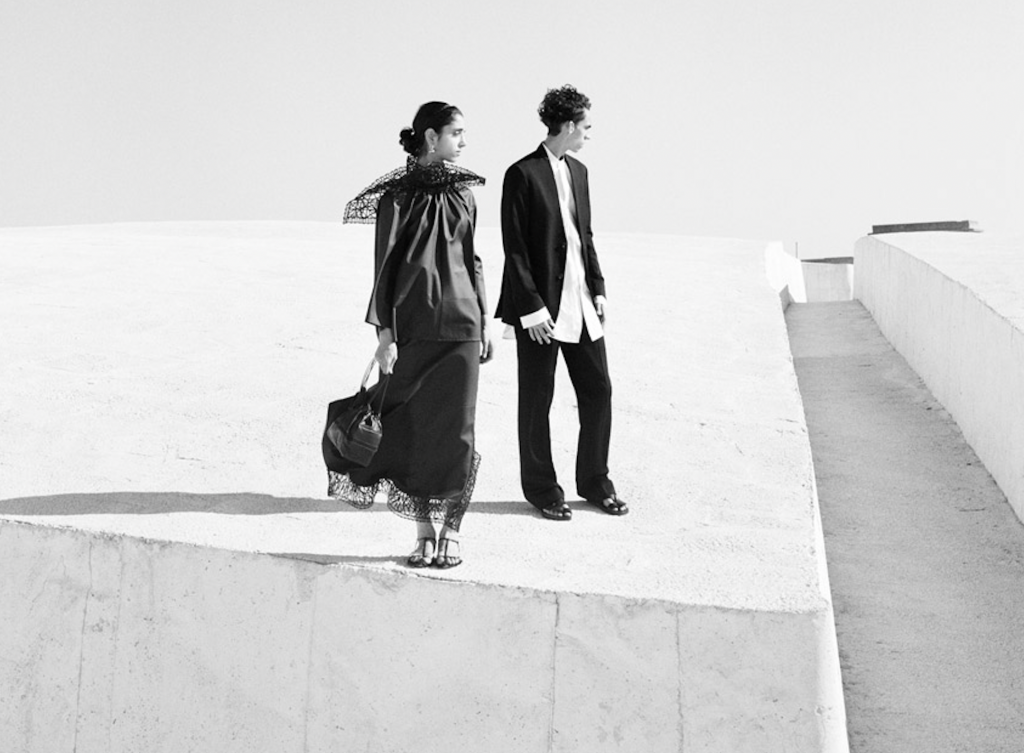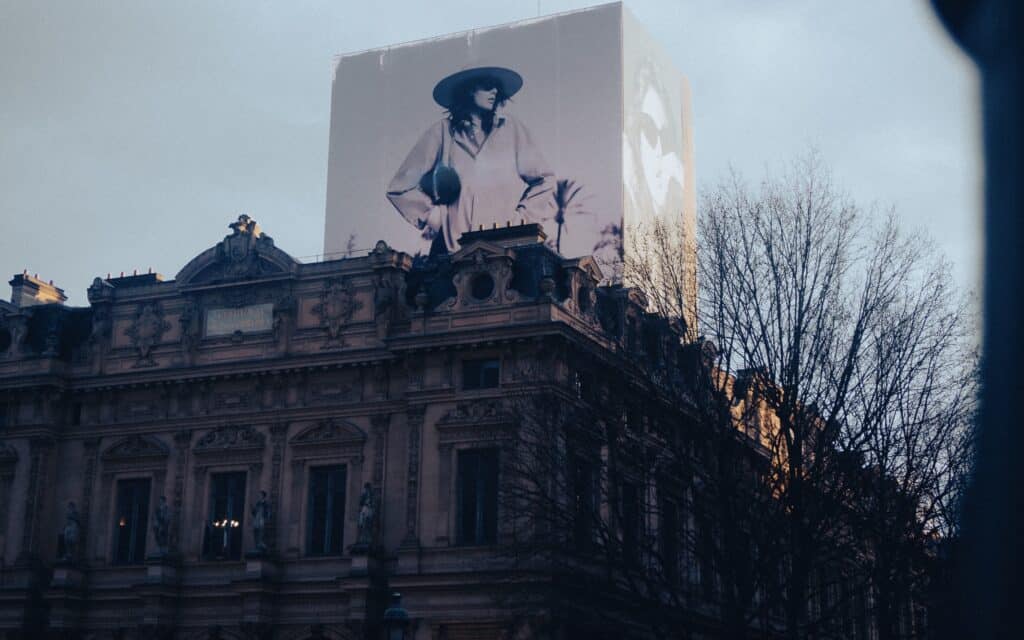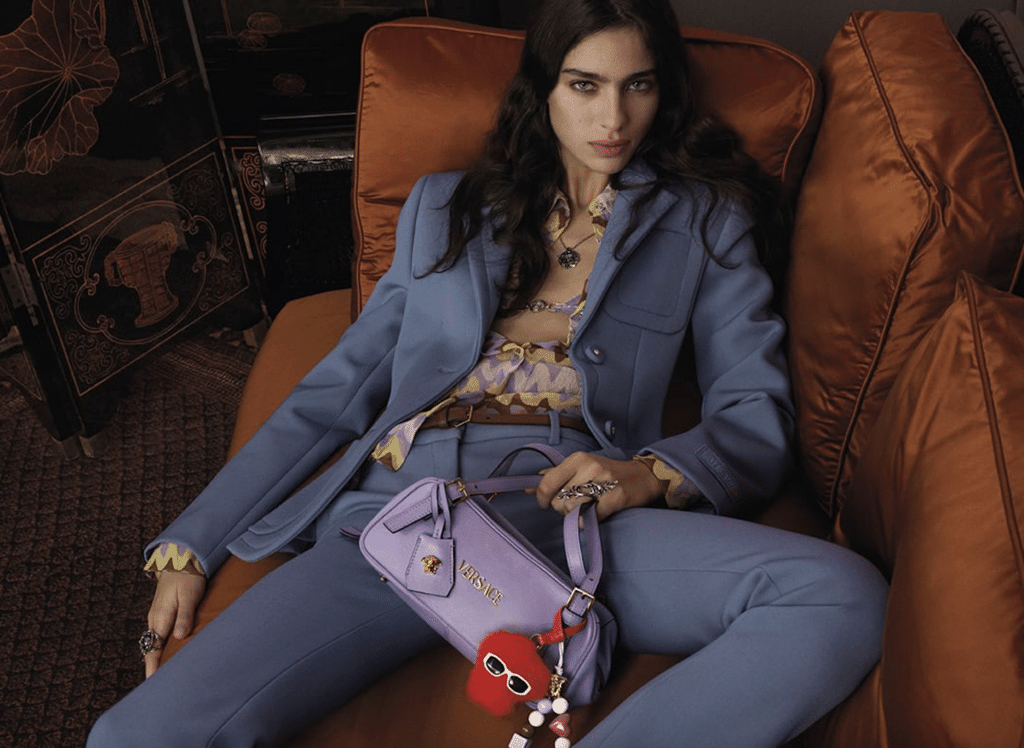On the heels of finalizing the previously-announced acquisition of Jil Sander from Japanese retailer Onward Holdings, OTB Group CEO Ubaldo Minelli says that the Breganze, Italy-based fashion group is looking to “accelerate its long-time project to create an Italian luxury hub,” something he claims that “many have tried but that only [OTB founder] Renzo Rosso has managed to do.” In other words, the recent inclusion of the minimalist fashion brand that Jil Sander launched in Hamburg, Germany back in 1968, appears to be only the beginning for OTB, which currently maintains a roster of brands, including Diesel, Maison Margiela, Marni, Viktor & Rolf, Paula Cademartori, Staff International and Brave Kid.
OTB’s acquisition of Jil Sander is striking for a number of reasons, including in that it is the latest development for the brand, which has seen a string of ownership changes and creative director swaps since Sander first launched the company – which has been celebrated for its shapes, starkness, fabric innovation, and a deft understanding of fit – and listed it on the Frankfurt Exchange in the late 1980s. Sander used the influx of cash to expand the brand beyond the confines of Europe to the U.S. and Asian markets, and boost revenues to north of $100 million by the mid-1990s. By the end of the decade, the company embarked on its next stage of growth, which saw Ms. Sander sell a 75 percent stake to Gruppo Prada in 1999 with the goal of leveraging Prada Group’s leather goods and footwear expertise to grow the business by way of those channels.
In furtherance of what would prove a consistent merry-go-round of leadership and ownership changes, Sander left the company shortly after the Prada takeover, only to return three years later – just to leave once again one year later.
The early years of Prada’s ownership would turn out to challenging; the collections did not connect, and sales suffered. Prada took a risk in appointing young Belgium menswear designer Raf Simons to right the ship in 2005. Even with new artistic direction, the brand’s growth was slow, and just six years after taking a controlling stake, Prada sold off the Jil Sander label to Change Capital Partners, a management group founded by former Marks & Spencer Chairman Luc Vandevelde, a move that proved to help bolster the brand financially (and revert it back to a privately-held company), but yet again, the ownership was short-lived, with London-based Change Capital Partners selling the company after two years to Japanese apparel giant Onward Holding Ltd.
Onward has been the longest-serving steward of the Jil Sander brand aside from Ms. Sander, herself, who Onward brought back for a short stint following Simons’ ouster in 2012. Since Ms. Sander’s most recent departure, former Prada designer Rodolfo Paglialunga took the top creative job for a few years followed by the appointment of current creative direction team of Lucy and Luke Meier.
“The Visibility it Deserves”
Reflecting on the latest Jil Sander deal, the financials for which have gone undisclosed, OTB’s Rosso said last month that he has “admired and respected Jil Sander since it was first established,” noting that “despite the changes of ownership and creative direction, the house has always stayed true to its founder’s vision, maintaining an absolute commitment to beauty, quality and its signature minimalist approach.”
Given Rosso’s well-known passion for the brands that fall under his growing umbrella, and “the financial, organizational [and] managerial tools” currently boasted by OTB, according to Minelli, Jil Sander’s new ownership should serve to renew the creative energy of the brand, and expand its footprint in order to give the brand “the visibility” that Rosso says that “it deserves.” Specifically, this will likely involve Jil Sander continuing to grow its collections, expand its sales categories, and boost its commercial assortments. Top of mind is, of course, leather goods. Nearly 30 years after the Prada takeover, which focused on leveraging the Group’s expertise in leather goods and shoes, Jil Sander still has a relatively small business in these categories, and thus, expansion in this area under OTB is almost certainly in the cards. Maison Margiela, for instance, has seen its footwear and small leather goods assortment grow in recent years to wide commercial success under the watch of OTB.
Moreover, with the impact OTB has seen in the fragrance category in connection with its Margiela and Viktor & Rolf labels, it would not be surprising to see a revamping of the Jil Sander fragrance lines.
A Larger Trend
All the while, the Jil Sander deal is not only noteworthy in underscoring “the strength and ambition of the Italian fashion group,” as WWD wrote last month, it is also interesting in that may signal more moves of its kind by OTB. During a digital conference last week, Minelli – who took the chief executive role in January 2018 – said that the group is in M&A mode, “not only looking at acquiring fashion brands, but also at possibly buying firms in the production and distribution sectors.” This echoes earlier statements that he made in early March, saying that OTB – which generated revenues of €1.32 billion ($1.5 billion) in 2020 – “had been eyeing [Jil Sander] among other brands for a possible acquisition as prices had fallen due to the coronavirus crisis.” Reuters reported at the time that “Minelli said there was a window of opportunity as industry multiples were ‘a little more reasonable’ than they had been before the COVID-19 pandemic.”
More broadly, the Jil Sander deal comes amid a flurry of activity in the Italian fashion segment, in particular, with fellow Italian group Moncler snapping up Stone Island for €1.15 billion in December, and Made in Italy Fund acquiring Milan-based fashion brand Dondup from fellow private equity firm L Catterton in March. Most recently, LVMH revealed in late April that it will boost its existing stake in Italian footwear brand Tod’s to 10 percent by way of a new 6.8 percent increase, with Diego Della Valle hinting at a potential takeover. The Tod’s founder and chairman, who has long shut-down acquisition chatter, has seemingly changed his tune, stating that the recent transaction with LVMH is “an excellent reason to consider further opportunities to be taken in the future.”
As for future targets, TFL reported in early April, that Exor N.V., the Netherlands-based holding company of Italy’s Agnelli family, appears to be the most likely buyer for the privately-held Giorgio Armani, whose eponymous founder recently hinted as a deal. At the same time, Valentino – which Qatari fund Mayhoola for Investments acquired from British private equity firm Permira in 2012 for $856 million – has been the subject of M&A speculation for several years. (The Italian fashion house’s new beauty venture may help it to boost its valuation). And still yet, Salvatore Ferragamo, which has also been tied to rumors of a potential acquisition or majority sale in recent years, is another potential acquiree, with some sources saying that the addition of former Goldman Sachs banker Claudio Costamagna to the Ferragamo Finanziaria board is a tell-tale sign that it may be looking for a sale.
The Ferragamo family holding company revealed in late January that the board, which was appointed in April, “would have fewer members and more independent directors, indicating the family will be less involved in the running of the business,” per Reuters, and seemingly alluding to an impending sale. (Dealbreaker reported early this year that Ferragamo had “called off plans to sell a minority stake in the company.”)














